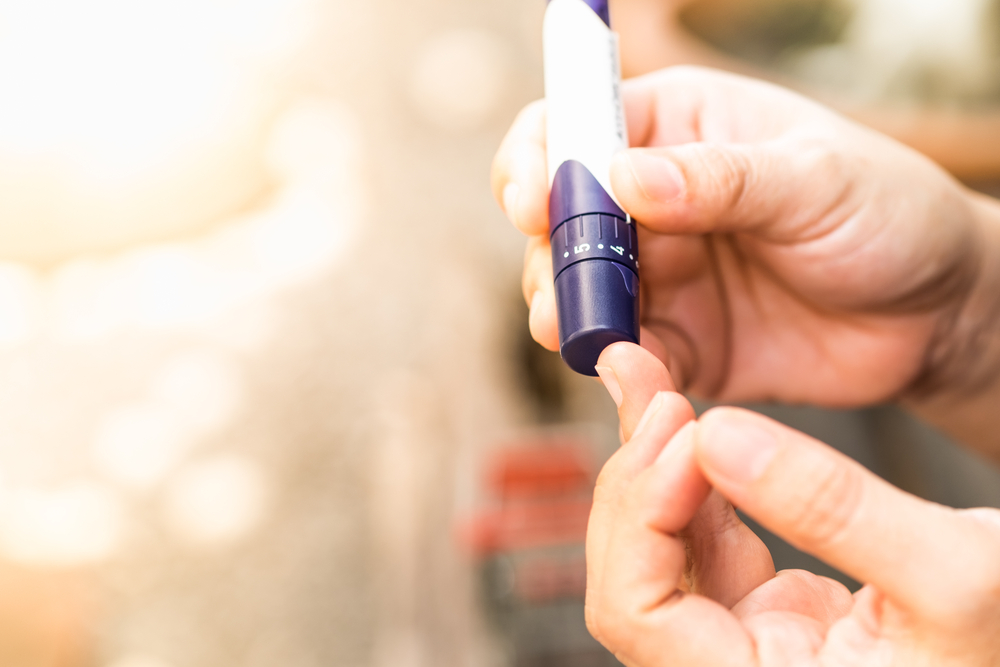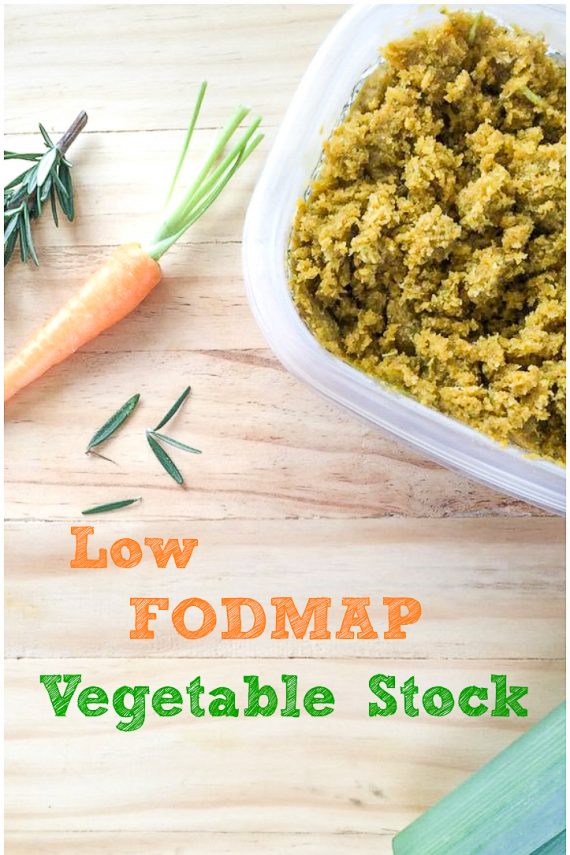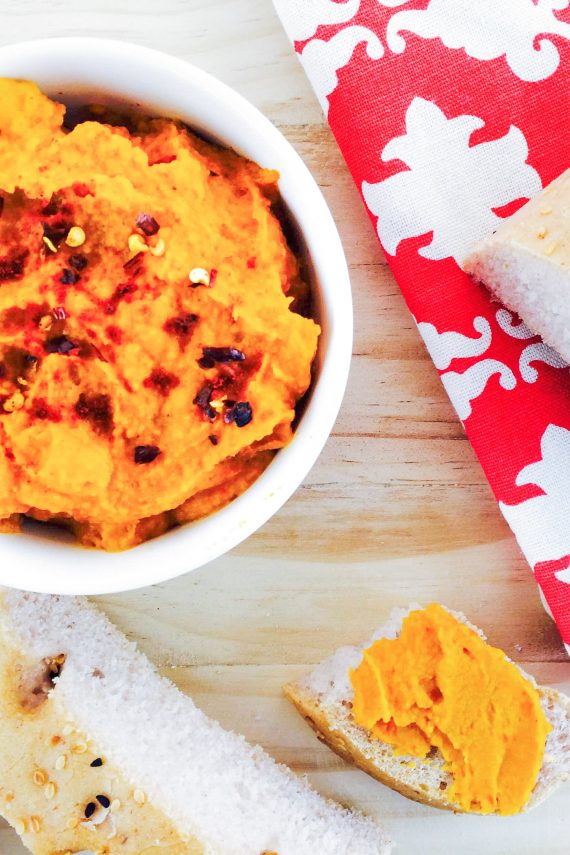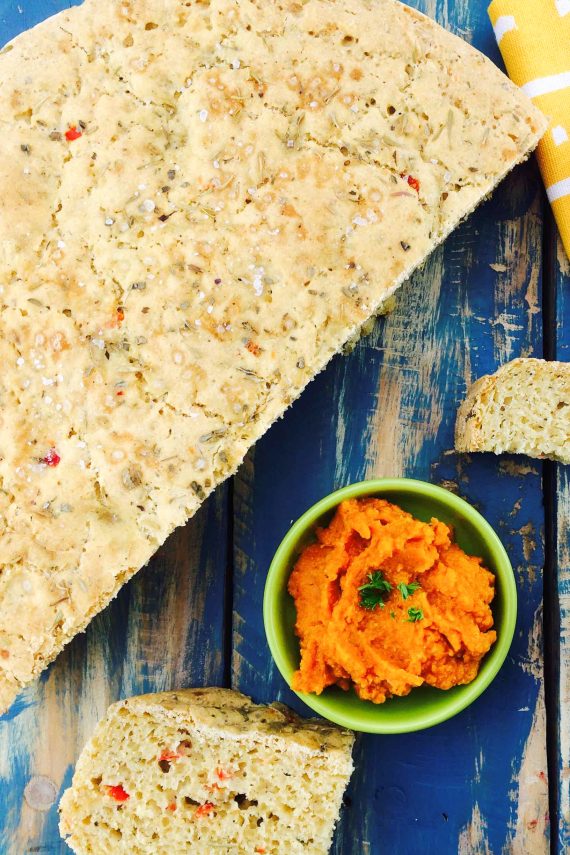If you have diabetes and IBS then you might be wondering how on earth you can combine both the low FODMAP diet and diabetes diet and not compromise your nutrition or health. It certainly is a little tricky, but it’s not impossible.
My name is Sally and I’m an accredited practising dietitian who has type 1 diabetes and coeliac disease. In this article I will provide a basic diabetes and low FODMAP outline, however I highly encourage you to seek personalised advice for your diabetes through your dietitian. Any changes you make to your diet need to be monitored through your health professional team. In some cases, this general advice may not be suitable for your medical needs.
Brief explanation of diet and diabetes
If you have been diagnosed with diabetes, regardless of whether it’s type 1 or type 2 or even metabolic syndrome, then you are generally advised to follow a nutritious balanced diet. It’s also important you understand which foods contain the macronutrient called ‘carbohydrate’ or ‘carbs’, which are the most nutritious of these choices, and how much of these foods is right for you to personally aim for in each meal, snack or day. Avoiding saturated and trans fats and watching your sodium intake is also strongly recommended.
Maintaining a healthy diet is important to help to minimise the risks of other associated health conditions such as insulin resistance, unnecessary weight gain, developing organ-related damage (thinking heart/kidney/liver), and other physical damage caused by poor blood glucose control. The Australian Dietary Guidelines are a useful resource for creating a healthy diet.
My top suggestion is to include foods that help lower the glycaemic index of your meal:
- use quality fats (high in mono-unsaturates)
- eat lots of soluble fibre (veggies/salads, legumes, wholegrains and nuts/seeds are packed with it)
- include a lean protein food in your meal (eggs, lean meats, fish, legumes/tofu)
- use acids such as vinegar or lemon juice in your salads
- and be aware of the amount of carbs you need to keep your glycaemic load reasonable.
Exercise
Don’t forget that regular exercise helps to stabilise blood glucose levels when combined with a healthy diet. Do you get the 60 minutes a day of moderate level activity? This is the amount of exercise that is recommended by the Australian Physical Activity Guidelines for people with diabetes. Exercise doesn’t have to be a chore so choose an activity you find fun. You’ll feel better for it!
Managing Hypoglycaemia (Hypos)
If you have diabetes then hypoglycaemia (Hypos) occur when there’s too much insulin and not enough sugar (glucose) in the blood. Hypos must be treated quickly, so please follow your hypo plan provided by your health care team.
FODMAP friendly hypo treatments include (but are not limited to) lemonade (with no high fructose corn syrup), jelly beans, glucose tablets and low-FODMAP fruits and juices.
Brief explanation of low FODMAP diet
FODMAPs are fermentable carbohydrates that can sometimes trigger the symptoms of Irritable Bowel Syndrome. Some of these fermentable carbohydrates, from a diabetes perspective, you may not even recognise as carbohydrates! Many of them are healthy foods that might otherwise be included in a diet for people with diabetes. To avoid confusion, we suggest you grab the Monash Low FODMAP app for an accurate list of high and low FODMAP foods and then check out our tips below.
It’s also good to note that a strict low FODMAP diet should only be followed for 2 to 6 weeks, then you can start re-challenging FODMAPs to see which ones you can add back into your diabetes diet.
Tips for combining the low FODMAP diet and diabetes diet
We understand that combing a low FODMAP diet with a diabetes diet can be challenging so here are some tips to help:
- Choose carbs that have a lower-GI. Think about including lactose-free dairy, low FODMAP fruit, canned chickpeas and lentils (these are low FODMAP legumes), low-FODMAP starchy veg that you can tolerate, quinoa, brown or basmati rice as well as spelt sourdough and the Baker’s Delight LoFo loaf which is made with wholegrains.
- Increase fibre levels (ask a dietitian to help you figure out what you tolerate), aiming for at least 30g/day. Try eating more low-FODMAP veggies, fruits, nuts, allowed legumes, whole grains, and boost your fibre intake with psyllium husk or oat bran if needed.
- Choose cooking oils that are highest in monounsaturated fats, such as extra virgin olive oil, canola oil or avocado oil.
- Include nuts you tolerate every day, aiming for one-two handfuls. Low FODMAP options include walnuts, pecans, peanuts, macadamia nuts, and small serves of almonds/hazelnuts (10 or less per serve).
Are you ready to take control of your gut symptoms?
No thanks, my gut is perfect.
Article continues below
- Avoid fast foods and processed snacks whether they’re low FODMAP or not. If you’re hungry then aim to eat real food, not processed.
- It sounds obvious… but use less sugar and consume less sweet foods and drinks (common sources are soft drinks, cakes, cookies and confectionery). Just because you ‘can’ eat them from a FODMAP perspective, doesn’t mean you ‘should’.
- Use lactose-free milk and dairy products as these are a great source of quality carbs and protein. Research also tells us that people who include 2 serves of these per day are at decreased risk of heart health and other issues.
- Choose oily fish such as salmon and sardines on a regular basis as their higher levels of omega-3s will help to balance out the saturated fats that sneak into your diet. They’re also a great protein and calcium source, can help improve your gut microbiome, as well as being FODMAP friendly!
- Ensure that you liberalise the diet by re-challenging high FODMAP foods and keep pushing those boundaries to keep your system healthy.
Final Thoughts
We hope this article demonstrates that it’s not too hard to combine a low FODMAP diet and diabetes diet and achieve your health goals. Just remember your dietitian can help you personalise your plan even further to make sure it is right for you.











